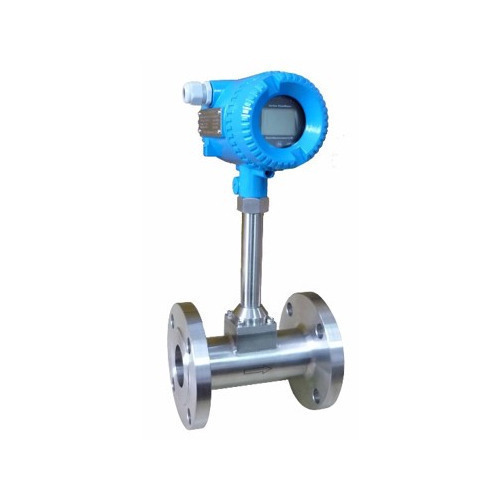Table of Contents
What is Orifice Meter?
An orifice meter is a device used to measure the flow rate of gases or liquids. It basically consists of a measuring orifice, a measuring orifice housing and a measuring tube.

Detailed Description of an Orifice Meter

Inlet Section: A linear segment that extends from the device and serves as the final port for fluids flowing through it.
Outlet Line: A linear segment similar to the inlet line where the pressure of the exiting gas or fluid is determined.
Orifice Plate: Exists between the outlet and inlet segments and is used to create a pressure drop that allows flow measurement.
Flow Straightener: Attaches to the inlet section of the sensor and is used to improve the straight flow in the inlet section of the sensor.
Working Principal
Working principal of an orifice meter is very simple. I have described its working principal in an easy way.
A liquid or gas whose flow is to be measured passes through an orifice plate.
This creates a pressure drop across the orifice plate that varies with flow rate, creating a differential pressure between the outlet and inlet segments.
This pressure drop is measured and used to calculate the liquid or gas flow rate.
Orifice Plate Flow Meter
An orifice is a thin plate with a hole, usually placed inside a tube. When a fluid flows through an orifice, its pressure increases slightly upstream of the orifice, but when the fluid is forced to converge and flow through the hole, its velocity increases and the pressure drops. Somewhat downstream of the orifice, the flow reaches a point of maximum convergence, the constrictor vena cava, where velocity is greatest and pressure is minimal.

Additionally, the flow expands, slows down, and increases pressure. By measuring the difference in fluid pressure at tapping points upstream and downstream of the plate, the flow rate can be determined from Bernoulli’s equation using coefficients determined by extensive research.
Conclusion
In this article I have described about orifice meter and orifice plate flow meter. I hope you enjoyed this article.
Thanks for reading!
